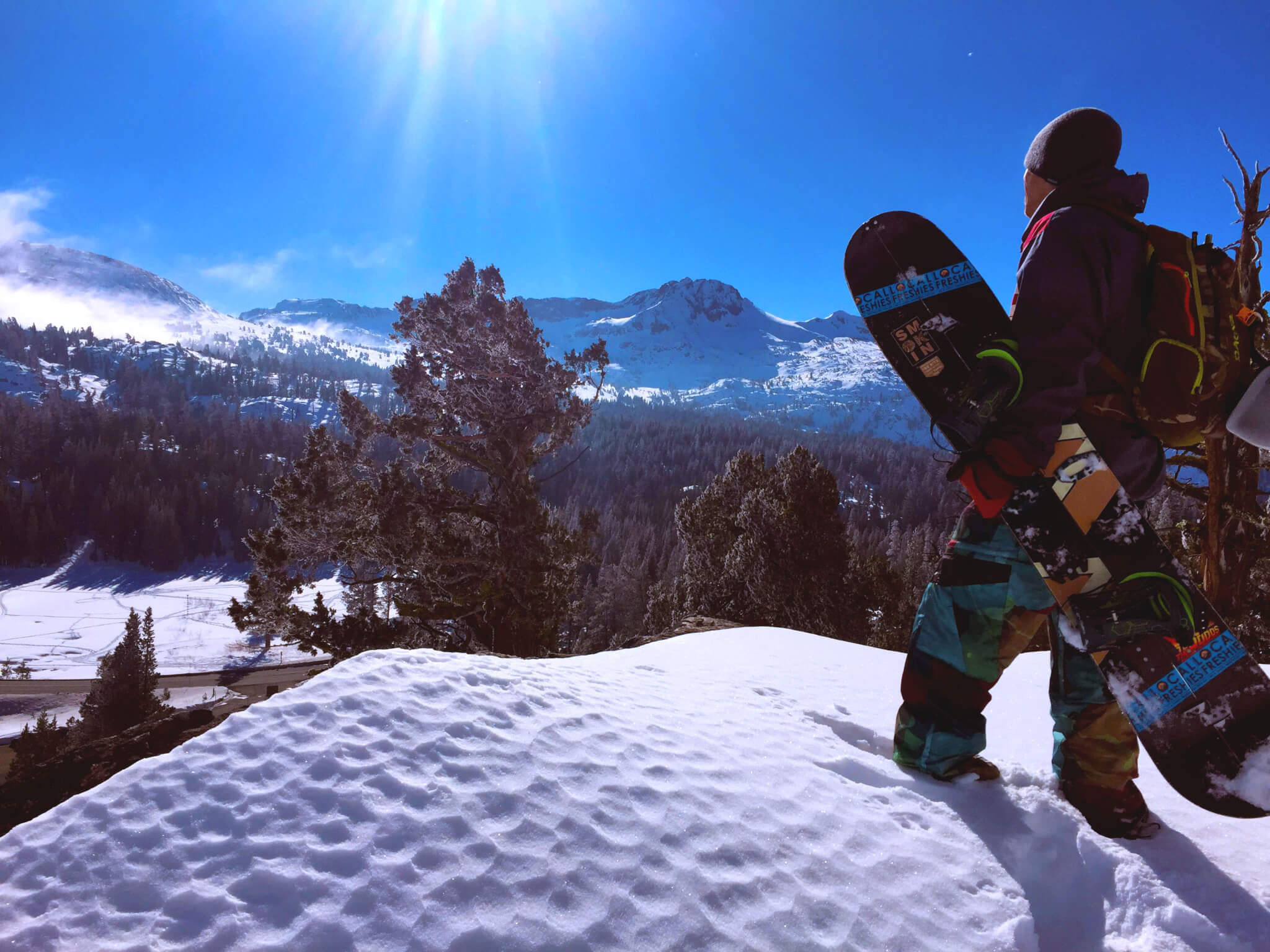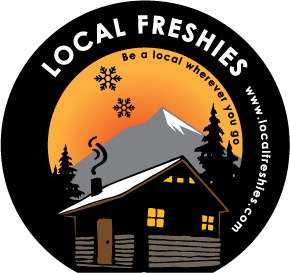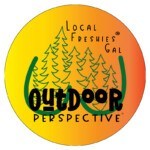Now that we’ve done a brief overview of my experience and learned the place to gain avalanche education, let’s take a closer look at what was learned. Before we get into it, I have to say in no way is what I’m about to tell you sufficient enough to keep you safe. In order to do that, sign up for an avalanche course and practice, practice, practice! For this article we dive into decision making in avalanche terrain.
Decision Making
When I hear this term and relate it to backcountry riding, I used to think I understood. It meant, “am I going to ride this or not?” Turns out that’s incorrect. It starts long before you’re out on the snow. AIARE has put together a decision making in avalanche terrain framework, which consist of five key components. These components are Plan, Observe, Teamwork, Choose Terrain and Travel Wisely. AIARE has put the matrix on a card and you can pick one up on their website to use when planning a backcountry adventure. Now we have an idea on what’s needed for a safe and successful trip, but what do these really mean? It’s a constant process that continues to evolve from start to finish. Most of these questions and decisions that need to be made will fall into two categories: Choosing Terrain and Traveling Wisely.
Choosing Terrain
Essentially, this means “where to go.” The spot chosen to ride determines the level of risk involved. When making this decision there are many factors involved before you pull the trigger. For example a few things that need to be considered are group skill, experience, fitness, how stable (or unstable) the snow is and level of emergency preparedness. There are a variety of scales used when choosing terrain. These are within the mountain range, within the drainage and across the slope. Decisions to ride one side or the other of the divide in hopes of finding better conditions would be an example of the mountain range scale. Drainage scale comes into play when making the decision of which aspect to ride. Finally, slope scale is the decision made when choosing specific features to ride or avoid based on the conditions. It sounds simple and it really is when you learn it, become seasoned and understand what you’re looking for. A lot don’t want to think of it this way, but sometimes these choices can be a matter of life and death.
Decision making – a combination of three components

They are all given equal weight and can fluctuate and evolve constantly. AIARE lists these components as plan, observe and teamwork.
Plan:
Terrain choices start here. Before going out into avalanche terrain a group needs to establish communication, understand the conditions, know what hazards to expect and come up with a Plan B and C. These plans often include time plans, route options, when and where to do field observations, navigation and terrain choice. Getting these in line before heading out can help prevent accidents.
Observe:
Again this step begins prior to heading in the field. Many times the first observation made is checking out the avalanche bulletin from the local avalanche center. When making observations there are three categories to consider listed below.
- Avalanche Activity – Have there been prior avalanches in the area? This information can be gather from the avalanche bulletin and also can be observed in the field.
- Snowpack – Know the snow. In certain snow conditions avalanches are more likely to occur. Understanding different types of snow and the layers is key.
- Weather – Different weather conditions can mean a greater chance of avalanches. Know these conditions and how they affect the snow.
Teamwork:
This is one of the most important pieces of the decision making process. Human factors contribute to almost all avalanche accidents. There must be a clear cut group leader. Someone needs to be designated to take charge. Make choice based on the group, not just one or two members. Don’t be swayed by the “stoke!” Many times a group starts the journey with a safe plan. Then out in the field someone spots a sick dream line and changes the plan. The eagerness to ride the sickest line takes precedence over safety. This jeopardizes the whole group. Don’t do it. Agree to stick to the original plan unless observations and conditions force you to switch to Plan B.
Travel Wisely:

When traveling through avalanche terrain the decisions made by the group are crucial to risk management. There are techniques to do so to minimize risk such as exposing only one person on a slope as others watch. An important thing to remember is never to use one of these techniques to justify exposing anyone to a hazardous piece of terrain. It’s not worth the risk. To become proficient in wise travel in dangerous terrain, learning where avalanches occur and planning your travel around those areas to is the goal. In the planning stage and throughout the trip the team needs to constantly discuss the route to ensure as safe of journey as possible.
Hopefully, after reading this you will begin to understand some of the complex decision making in avalanche terrain that need to be considered to have a safe backcountry experience.
If you’re curious about what are the different types of avalanches and what causes them head over to our article: Back to School…The Big 3 Avalanche Problems You Need To Worry About. Or better yet if you want to learn more on how to get started, find out what kind of gear you’ll need, or hear about our personal experiences like having a comrade break their leg in the wilderness, head over to our comprehensive backcountry guide:









One thought on “Back To School…Decision Making In Avalanche Terrain”